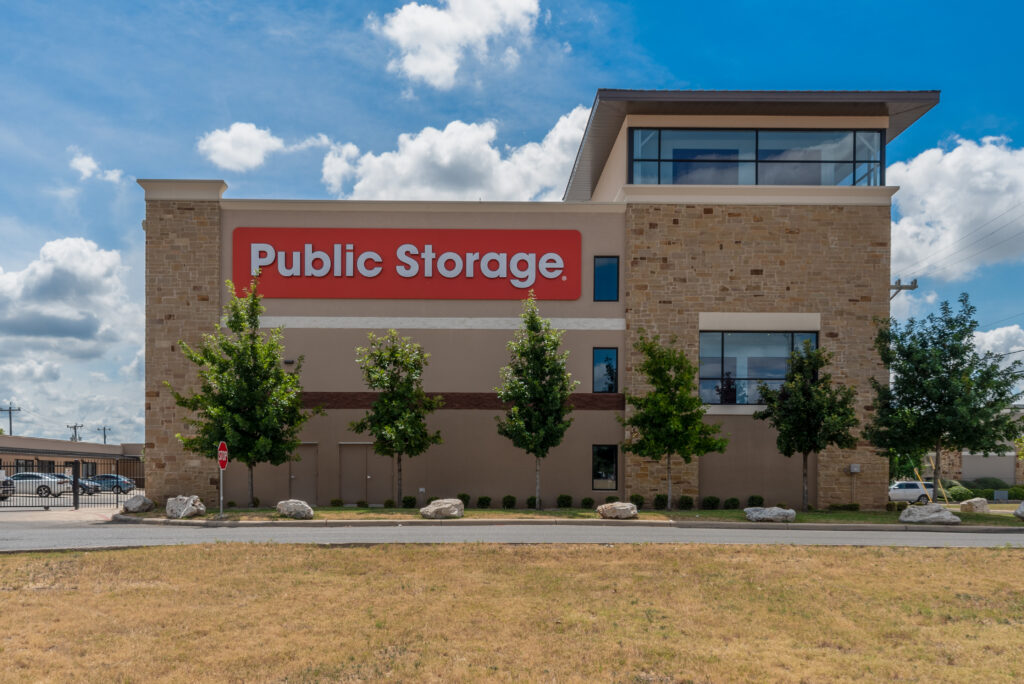The goal of any investment is future financial success. The same goals and principals can be applied when it comes to investing in a self-storage development project. The basics are simple: site selection, unit mix and layout.
Many markets are experiencing greater competition, higher land and building costs, and additional regulatory burdens. We’re seeing the use of more climate-controlled and multi-story buildings, due in part to trends in consumer demand. As a result, self-storage facilities are becoming much more expensive to develop, with longer lease-to-stabilization times. Even so, investing in self storage facilities continues to be a solid choice.

